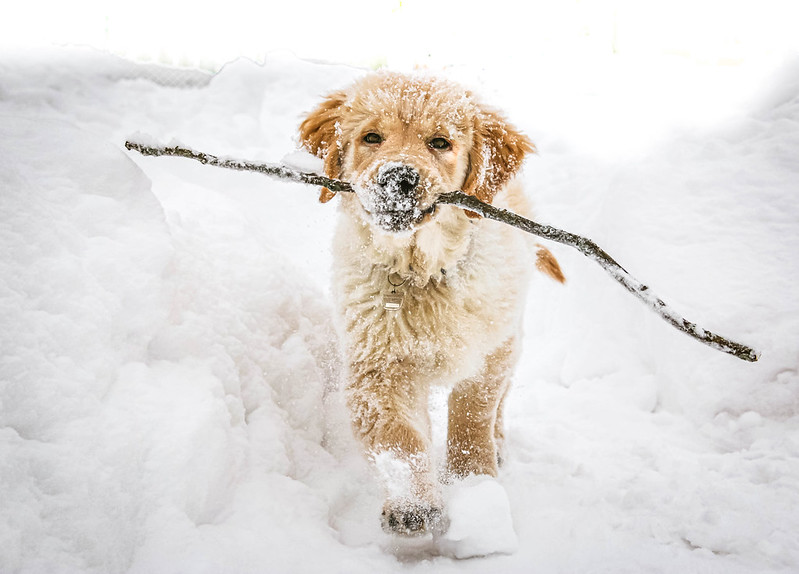No products in the cart.
Dog Breeds
🐶 Labrador Retriever: The Ultimate Guide to the World’s Favorite Family Dog
If you’re thinking of bringing a Labrador Retriever into your life—or already have one—you’re in for a treat! Known for their joyful nature, intelligence, and boundless energy, Labs are the ultimate family dogs. Let’s dive into everything you need to know to raise a healthy, happy Labrador.
🐾 Quick Facts About Labrador Retrievers
| Trait | Detail |
|---|---|
| Origin | Newfoundland, Canada |
| Weight | 55–80 lbs |
| Lifespan | 10–12 years |
| Coat | Short, water-resistant |
| Personality | Friendly, Energetic |
| AKC Popularity | #1 in the U.S. for 30+ years |
🧬 The Origin Story of the Labrador Retriever
Despite their name, Labrador Retrievers come from Newfoundland, not Labrador. They were originally bred to help fishermen retrieve nets and lost fish. British nobles took a liking to them and refined the breed into the lovable Lab we know today.
🎯 Personality & Temperament
Labradors are social butterflies. They love:
- People (especially kids)
- Other pets
- Playtime—all the time
They’re known for being:
- Outgoing
- Patient
- Trainable
Fun Fact: Labs are the go-to breed for service work due to their intelligence and gentle disposition.
🏃 Exercise Needs (This Dog Doesn’t Sit Still)
Labradors need at least 1 hour of exercise daily. Some great ideas include:
- Fetch at the park
- Swimming
- Dog agility courses
- Long hikes
🛒 Recommended Gear for Active Labs:
- Chuckit! Ball Launcher – Best for fetch addicts
- KONG Classic Toy – Keeps them busy
- Hiking Harness by Ruffwear
🛁 Grooming & General Care
Labs are low-maintenance but do shed—a lot.
Grooming Checklist:
- Brush 2x/week
- Bath monthly (or after muddy adventures)
- Clean ears regularly to prevent infections
- Trim nails bi-weekly
🧴Recommended: Furminator Undercoat Deshedding Tool
🩺 Common Health Concerns
Labradors are generally healthy but can face:
- Hip & elbow dysplasia
- Ear infections
- Obesity (they love snacks too much)
- Eye problems
🐕🦺 Protect Your Pup:
Consider Fetch Pet Insurance or Healthy Paws
🎓 Training Your Lab
Labs are eager learners. Start early and be consistent!
- Use positive reinforcement (treats, praise)
- Socialize early with people and dogs
- Teach commands like sit, stay, leave it, and leash manners
🦴 Pro Tip: Enroll in a puppy kindergarten or use Brain Training for Dogs — an online course that’s Lab-approved.
🏡 Best Home Environment
Labradors do best in homes where:
- There’s a fenced yard
- Someone is around most of the day
- They’re not left alone for long hours
They can live in apartments if they get plenty of exercise, but larger spaces are ideal.
🎉 Fun Facts
- Labs love water—bring a towel!
- Three coat colors: yellow, black, and chocolate
- Their tails act like rudders in the water
- They’ve starred in dozens of movies (Marley & Me, anyone?)
❤️ Final Thoughts
If you’re ready to commit to an energetic, loyal, and loving companion, the Labrador Retriever may be your perfect match. With proper care, training, and a bit of fun, your Lab will be your best friend for life.
📦 Shop the Labrador Essentials
🛒 Top 10 Must-Have Products for Labradors
📚 Training Books for First-Time Dog Parents
💧 Best Pet Water Bottles for Hiking




